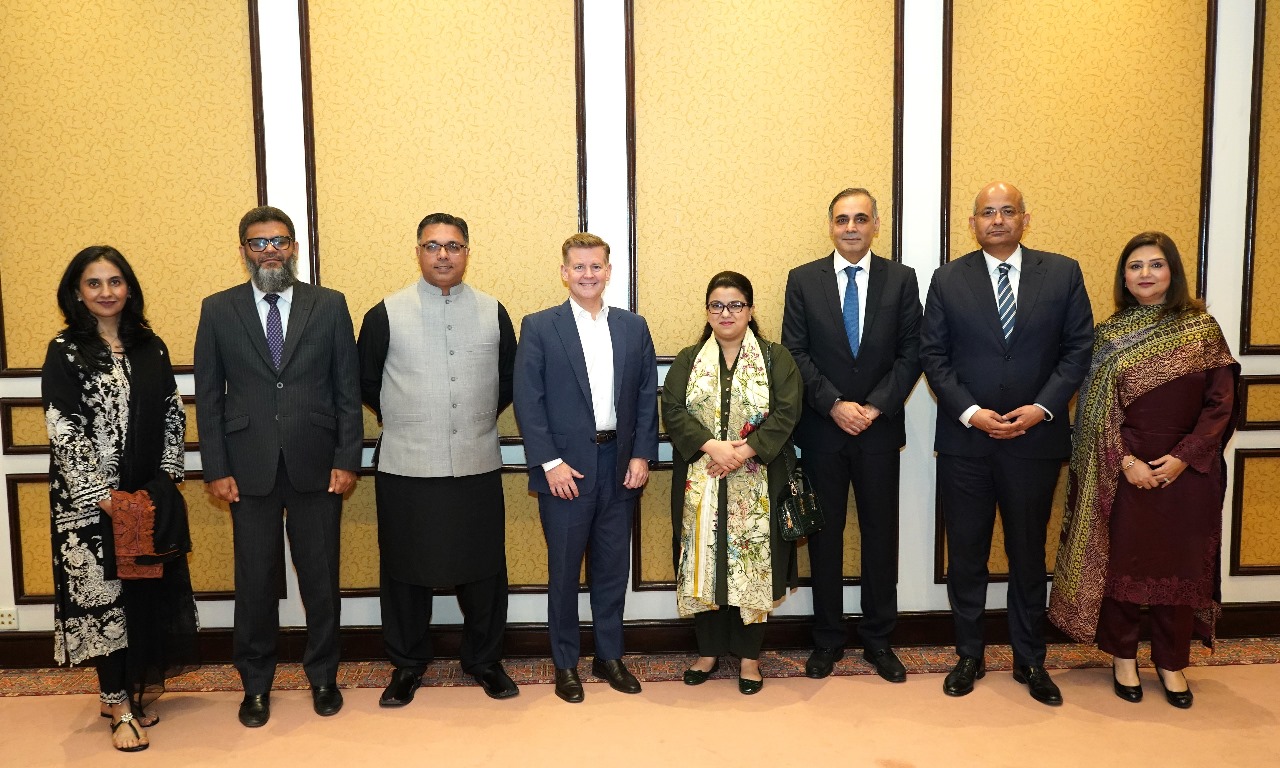The world of foreign exchange can be a volatile one, and the Pakistani rupee has been no stranger to these fluctuations. In recent days, the Pakistani rupee has shown resilience and regained its strength against the US dollar, marking an increase of nearly Rs2 in the inter-bank market. This surge has been an encouraging development for the Pakistani economy, instilling confidence in the financial markets and local businesses.
Recent Fluctuations
Understanding the recent fluctuations in the value of the Pakistani rupee is essential to grasp the significance of this upward movement. The exchange rate between the Pakistani rupee (PKR) and the US dollar (USD) has been subject to constant change due to various economic and geopolitical factors. These fluctuations have affected trade, investment, and overall economic stability in Pakistan.
Several factors have contributed to the rupee’s rollercoaster ride in the recent past. International events, changes in the global oil market, and political developments can influence the exchange rate. Additionally, the economic policies of the Pakistani government and the country’s trade balance play a pivotal role in determining the PKR-USD exchange rate.
The Inter-Bank Market
To comprehend the significance of this surge, it’s crucial to understand the inter-bank market. The inter-bank market is where financial institutions, including banks and other money-handling entities, trade currencies. These trades happen behind the scenes but have a profound impact on the exchange rates that consumers and businesses encounter.
READ MORE: “Babar Azam’s Unstoppable Determination to Rally His Teammates for Success Against Australia”
The inter-bank market serves as a vital indicator of the strength of a country’s currency. A rise in the PKR-USD rate in this market is a positive sign, as it signifies the growing confidence in the Pakistani economy.
Intra-Day Trading
During intra-day trading, the PKR was hovering around Rs278.50, representing a notable increase of about 0.70 percent. This short-term gain is an indicator of the rupee’s resilience and its potential for further growth.
Intra-day trading is often marked by rapid fluctuations, which can be influenced by global market conditions, trade volumes, and investor sentiment. A 0.70 percent gain in a single trading day is a significant movement, attracting the attention of investors and market observers.
Previous Session
In the previous session, the PKR faced challenges, as the currency fell to 280.29 after touching a low of Rs275 in the interbank market. This decline raised concerns and led to a closer examination of the factors responsible for the dip.
The depreciation of the PKR during the previous session could be attributed to a variety of factors, including changes in global oil prices, domestic economic conditions, and the country’s trade balance. This decline posed challenges for importers and raised questions about the overall economic stability.
Recovery Efforts
The recovery of the PKR has not occurred in isolation. It’s the result of a series of measures and actions taken by the Pakistani government and financial authorities. These measures have included monetary policy adjustments, efforts to curb inflation, and a crackdown on speculative trading that was negatively impacting the exchange rate.
The strict measures and massive crackdowns aimed at stabilizing the PKR have shown positive outcomes. As a result, the local currency is now on a trajectory of appreciation, which is reassuring for businesses, investors, and the overall economic outlook of Pakistan.
Conclusion
In conclusion, the Pakistani rupee’s recent gains against the US dollar are a positive sign for the country’s economy. Despite previous setbacks, the resilience of the PKR is evident, and its upward movement indicates confidence in Pakistan’s economic future.
As the government continues to implement measures to stabilize the currency and promote economic growth, the prospects for the Pakistani rupee remain promising. This development is not only encouraging for the financial markets but also for individuals and businesses engaged in international trade.




